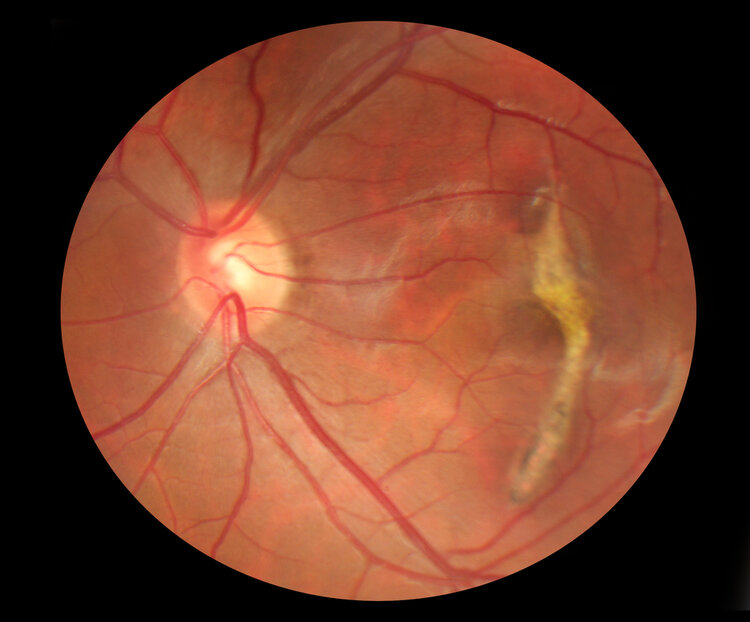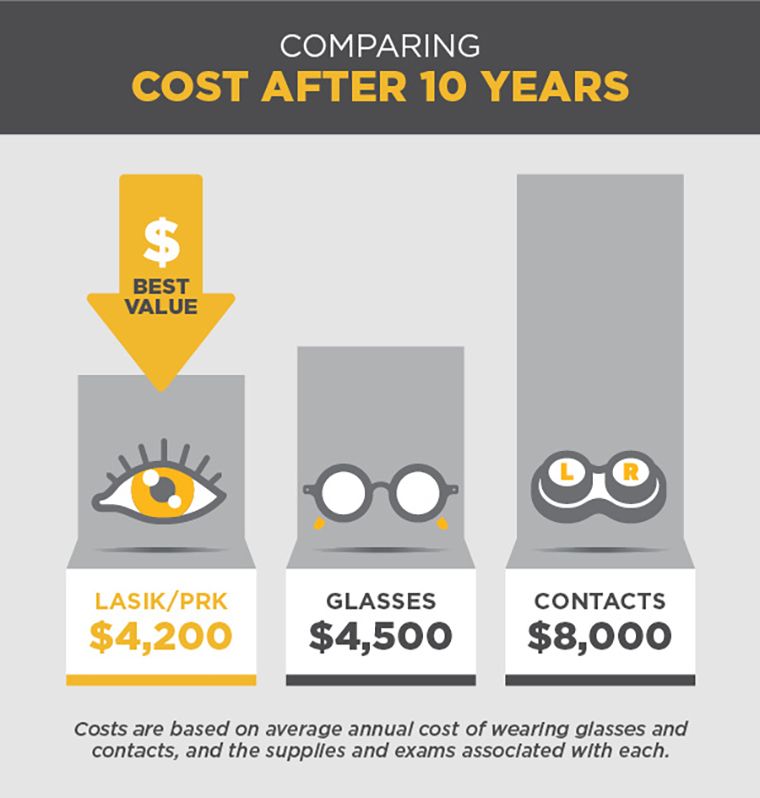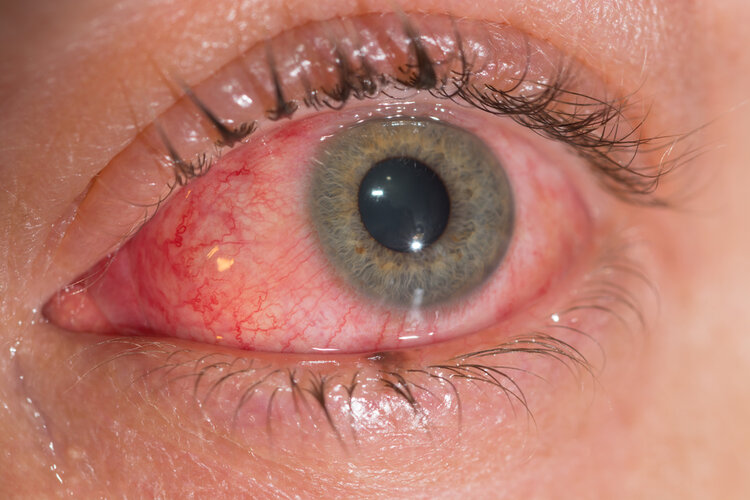If you or a loved one has been diagnosed with or might be suffering from macular degeneration, it is essential to stay informed and prepared.

Although age-related macular degeneration (AMD) is the leading cause of permanent vision loss in people aged 60 and above, receiving a diagnosis can be stressful and intimidating. You might be asking, “What is macular degeneration, and what are my treatment options?” Keep reading for information about the types, causes, symptoms, and treatment of age-related macular degeneration that will help you and your loved ones make the right choices for treatment and care.
What Is Macular Degeneration?
Age-related macular degeneration is a chronic, incurable disease of the eye. AMD directly impacts the macula—the central portion of the eye’s retina that contributes to our ability to focus our vision to see fine details, read, drive a car, etc. With AMD, the macula wears down or becomes damaged over time, creating central vision loss.
This type of vision loss most often impacts people over 60 and can worsen with time. Vision loss occurs in the central portion of a person’s field of sight, with peripheral and side vision typically remaining, though this vision is sometimes blurred or distorted.
Types of Macular Degeneration
Age-related macular degeneration presents as one of two main types: wet form and dry form.
Dry macular degeneration is the most frequently occurring form of age-related macular generation, comprising more than 80% of AMD diagnoses. With dry macular degeneration, the macula thins over time, and small protein deposits called drusen begin to form. Light sensitivity in the eye progressively weakens, leading to blind spots in or complete loss of one’s central vision.
Wet macular degeneration is significantly less common than dry macular degeneration and progresses differently. Wet macular degeneration occurs when abnormal, new blood vessels begin to form beneath the eye’s retina. When fluid or blood leaks from these blood vessels, vision can become distorted or appear “wavy.” Over time, fluid leakage in the retina causes scarring on the macula and can lead to blind spots in or loss of central vision.
There is another rare type of macular degeneration caused by a disease called Stargardt disease. Referred to as juvenile macular degeneration, this type of macular degeneration is not related to aging. Stargardt disease occurs in young people and is related to a recessive gene.
Macular Degeneration Causes and Risk Factors
Though research is ongoing, the exact cause or causes of age-related macular degeneration, wet or dry, are unknown. Scientists have determined that a combination of hereditary and lifestyle factors may trigger deterioration in the macula but have not yet determined how these factors contribute to macular degeneration.
Several risk factors potentially contribute to age-related macular degeneration, including:
- Smoking
- High blood pressure
- Obesity
- A diet high in saturated fat
- Family history of age-related macular degeneration
- Caucasian ancestry
- Heart disease
Though the above are potential contributing factors, age is still the most significant risk factor for age-related macular degeneration. It is essential to regularly visit your ophthalmologist, who can give preventative recommendations and monitor for signs of macular degeneration.
Symptoms
Age-related macular degeneration may not be noticeable in its early stages. Vision distortion or loss may not become apparent until it is significant or is impacting both eyes. As the disease progresses, symptoms could include:
- Unfocused or blurry vision, including difficulty reading or driving
- Blind, blurred, or dark spots in the center of your vision
Changes in color perception are rare but possible. Age-related macular degeneration typically progresses in stages, throughout which symptoms may progress, relapse, or continually worsen.
Stages of Macular Degeneration
Early age-related macular degeneration is typically symptom-free and unnoticeable, outside of those subtle symptoms that a trained ophthalmologist can detect.
Intermediate age-related macular degeneration may present with some blurred or lost central vision but could also be symptom-free. An ophthalmologist can detect protein deposits and color changes in the retina that would indicate age-related macular degeneration is occurring.
Late age-related macular degeneration is when most vision loss has become noticeable and impacts day-to-day activities.
Early detection makes treatment options available that might help slow the progression of the disease. Regular visits to your ophthalmologist increase your chances of early detection, giving you your best probability of prolonging your vision.
Prevention
Following a healthy lifestyle is encouraged if you want to reduce your chances of developing age-related macular degeneration. Basic guidelines include:
- Eating a diet rich in leafy greens
- Wearing sunglasses with UV protection
- Avoiding smoking
- Exercising regularly
Though these efforts may reduce your chances of developing age-related macular degeneration, the best prevention is routine eye examinations. Tell your doctor about any changes or abnormalities in your vision, even if those changes seem insignificant at the time. If you are age 60 or above, ask your ophthalmologist to include age-related macular degeneration testing in every eye exam.
Diagnosis
Routine eye exams performed by trained ophthalmologists are the standard detection method for age-related macular degeneration. Doctors look for drusen protein deposits and for the growth of abnormal blood vessels in the retina that is typical in age-related macular degeneration.
Early detection is critical for prompt treatment, so doctors recommend routine eye exams. You can even perform an at-home tests for visual distortions using the Amsler Grid, a straight-line framework with defined axes and a central point. When viewed correctly, distortions in the Amsler Grid may indicate symptoms of age-related macular degeneration.
Treatment
Currently, age-related macular degeneration is incurable. Research into its causes and potential treatments is ongoing, however, and mitigation of the symptoms of macular degeneration is possible. Treatments range from anti-angiogenesis drugs, which block the creation of new blood vessels in the retina, to laser therapy, which actively destroys abnormal blood vessels in the eye.
Early detection of age-related macular degeneration gives a significant advantage to the treatment of the accompanying symptoms. If you’re concerned that you may be affected by macular degeneration or any eye or vision impairment, see your preferred ophthalmologist as soon as possible.

